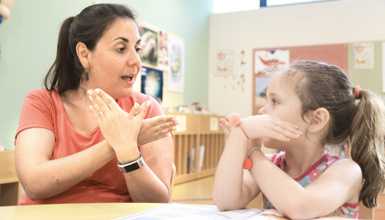SEND (England)
15.5% of children and young people in England have a special educational need and disability (SEND). SEND is a broad concept that is defined as children and young people who have a significant difficulty with their learning and need additional support from the school.
Schools have legal duties towards children and young people with SEND set out in the Children and Families Act 2014; statutory guidance for schools on meeting the needs of children with SEND can be found in the SEND code of practice.
The code of practice identifies four areas of need with SEND:
- Communication and interaction (e.g. autistic spectrum or speech and language difficulties).
- Cognition and learning (i.e. learning disabilities).
- Social, emotional and mental health (these include many of the issues in our mental health needs section).
- Sensory and/or physical (i.e. visual, hearing of physical health difficulties).
Studies suggest that children who are experiencing or have been diagnosed with a mental health concern and/or disabilities are more likely to also have SEND.



 Author
Author

 Author
Author